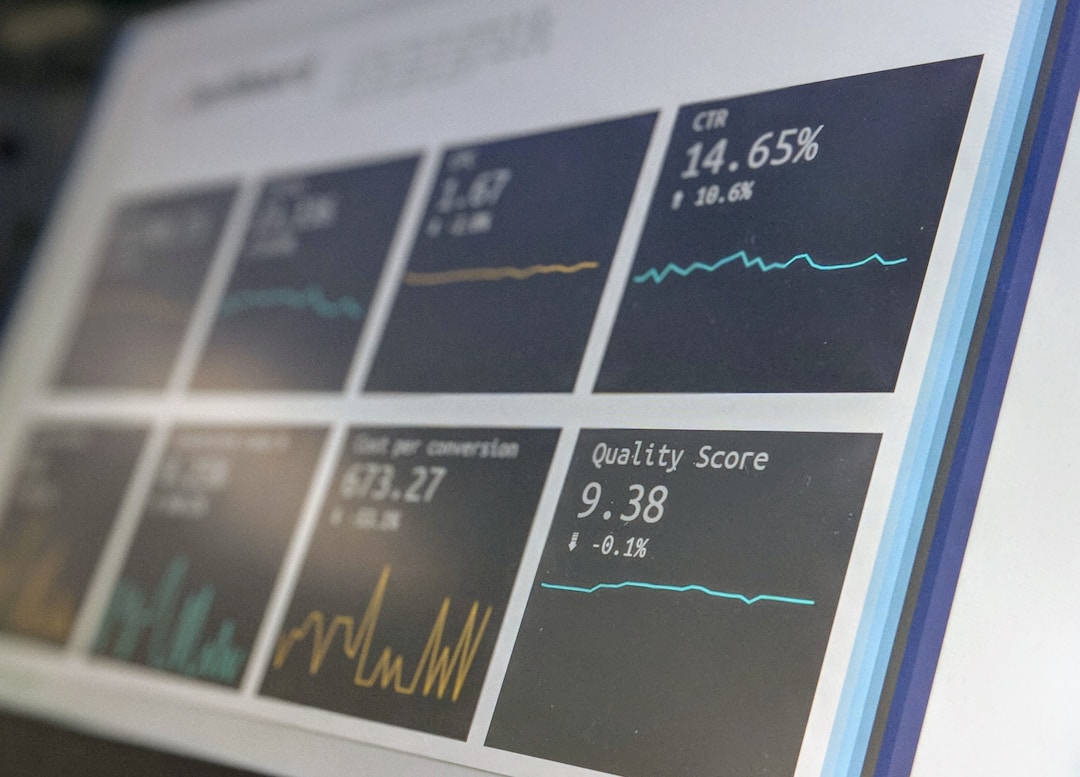Why Startups Need a Data Fabric
As a business owner, you’re well aware of the key role your data assets play in your daily operations. You’re also likely aware of the sheer amount of data your business is able to amass just through normal business processes. This raw and unstructured data is referred to as big data in business terms. Big data contains crucial insights into your current workflows as well as potential improvements you can make to help your team succeed. In order to unlock these actionable insights, you need a robust data management system in place.
Data fabric is one of the most common and popular data management solutions for business owners. Think of data fabric in the same way you do a physical piece of fabric. Just as the tangible fabric can be placed over an object to cover it completely, this is how data fabric functions when integrated into your company’s data assets. Data fabric offers an expansive, holistic perspective for data management. The reason data fabric integrations have become so popular is their ability to offer optimization, organization, efficiency, and security. The following are some great tips for startups and how they can best utilize data fabric software deployments.
Why are data fabric integrations so important to startups?
The reason data fabric software deployments are especially beneficial to startups, as opposed to existing businesses, is that having full control over your data assets from the jump streamlines the integration process. Data quality shouldn’t have to suffer because of a disjointed data management system. It’s possible to have complete visibility and clarity in your data sources from the very conception of your company, and this ensures that your data management strategies are always operating to their full potential. Data fabric architecture will set the tone for how your teams interact with your data assets as well as your potential customers.

If you are already a business owner and weren’t able to deploy data fabric integrations from the startup phase, you don’t have to worry. A data fabric can still be highly beneficial for existing business users, your team will just have to transition into the digital transformation phase rather than utilize these techniques from the start. Undergoing a digital transformation in this way has many advantageous consequences for existing businesses. You will now be able to go beyond just simple management techniques for your data assets. Your team will be able to extract and apply actionable insights from the entirety of your company’s big data.
Benefits and Use Cases of Data Fabric
The first major benefit of utilizing data fabric in your operations is the agility and scalability it provides. In the past business operations have functioned as a one size fits all solution, but business users have realized meaningful change requires custom solutions. Arguably one of the most useful aspects of data fabric is Excellent! Had a few punctuation errors, nothing major. its ability to be highly configurable to your business needs. Having agile, scalable deployments allows your business to adapt quickly to changing circumstances within your business and industry.

Another main benefit to deploying data fabric integrations is increased data governance and security. In order to maintain the integrity of your data assets, you need to be sure that your data management systems prioritize these features. Data fabric can help you protect yourself in your customers from potential data breaches, malware, and malicious hackers. We are all aware of the lasting effects a data breach can have on a business. Trust plays a key role in your ability to create and maintain customer relationships. With high levels of data governance and security, your customers will have faith in your business’s ability to protect their sensitive data.




